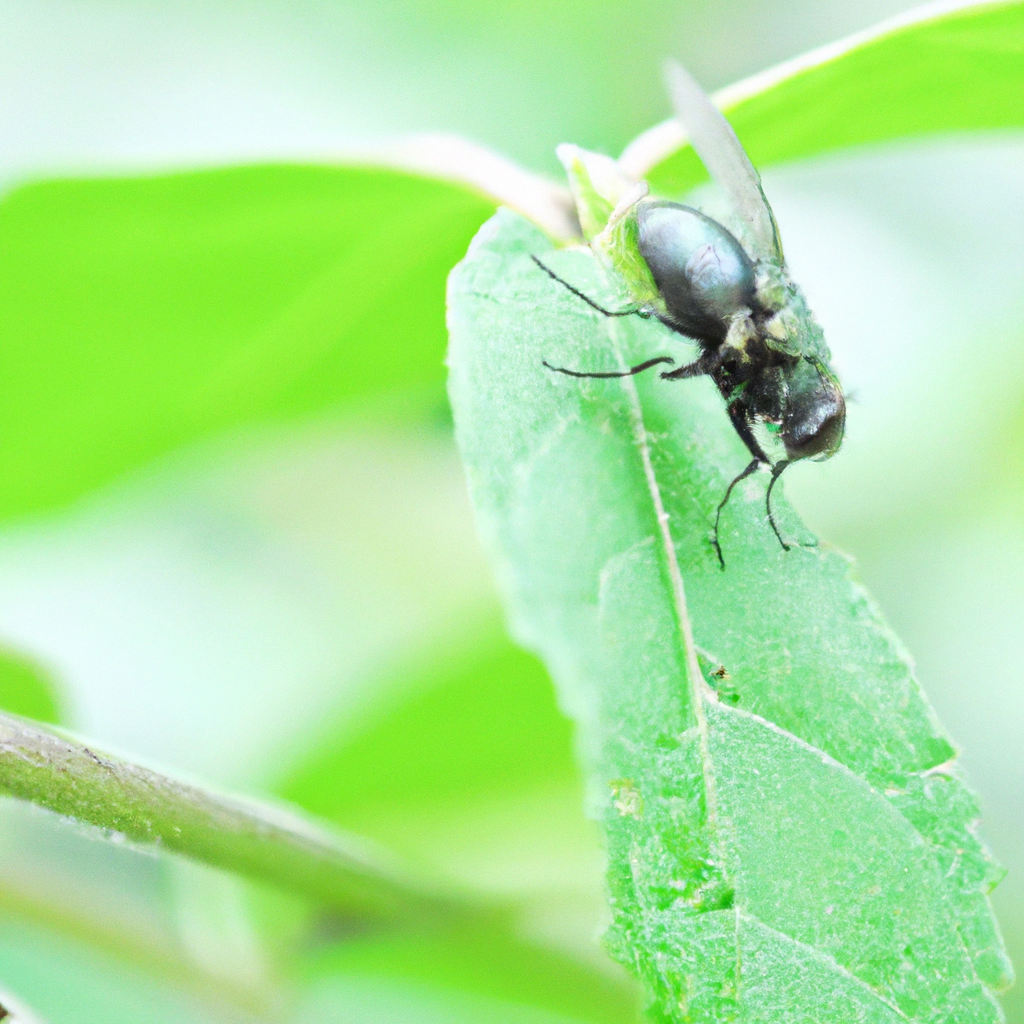Macro photography is a specialized form of photography that involves capturing images of small objects, such as insects, flowers, and other tiny details. It requires a specific set of techniques and equipment to achieve the desired result. In this article, we will explore the techniques of macro photography, including the use of a macro lens, close-up photography, depth of field, focus stacking, magnification, lighting, composition, and tips and tricks.
Macro Lens
The first and most critical technique in macro photography is the use of a macro lens. A macro lens is a specialized lens designed to capture close-up images of small objects. It has a high magnification ratio, which allows the user to get up close and personal with their subject. Most macro lenses have a minimum focusing distance of around 6 inches, which means they can capture images of objects that are very close to the lens.
Close-Up Photography
Close-up photography is another essential technique in macro photography. It involves getting as close as possible to the subject to capture fine details. This technique requires a steady hand, as even the slightest movement can blur the image. To achieve the best results, use a tripod or stabilizer to keep the camera steady.
Depth of Field
Depth of field is the amount of distance between the nearest and farthest objects in a scene that appear sharp in an image. In macro photography, depth of field is critical because the depth of field is very shallow. A shallow depth of field means that only a small portion of the subject will be in focus, while the rest of the image will be blurry. To achieve a greater depth of field, use a smaller aperture (higher f-number). However, this will reduce the amount of light entering the camera, so you may need to adjust your shutter speed or ISO to compensate.
Focus Stacking
Focus stacking is a technique used in macro photography to achieve a greater depth of field. It involves taking multiple images of the same subject, each with a slightly different focus point, and then merging them into a single image using software. This technique can be time-consuming but is worth the effort if you want to capture a subject with a lot of detail.
Magnification
Magnification is the ability of a lens to make an object appear larger than its actual size. In macro photography, magnification is critical as it allows you to capture fine details of the subject. The magnification ratio of a macro lens is the ratio of the subject’s size on the camera sensor to its actual size. A 1:1 magnification ratio means that the subject will be captured at its actual size.
Lighting
Lighting is a crucial element in macro photography. It can be challenging to get enough light on the subject, especially when shooting indoors. To overcome this, use a diffused light source or a flash to add more light to the scene. A diffused light source will help to soften the harsh shadows and create a more even light. Alternatively, use a reflector to bounce light onto the subject.
Composition
Composition is the arrangement of elements within an image. In macro photography, composition is critical as it can make or break the image. When composing your shot, consider the rule of thirds, leading lines, and the use of negative space. The rule of thirds is a guideline that suggests dividing the image into thirds both horizontally and vertically and placing the subject at one of the intersections.
Tips and Tricks
Here are some additional tips and tricks to help you get the most out of your macro photography:
– Use manual focus to ensure that the subject is in sharp focus.
– Use a remote shutter release or a self-timer to avoid camera shake.
– Shoot in RAW format to capture more detail and allow for greater flexibility in post-processing.
– Use a polarizing filter to reduce glare and reflections.
– Experiment with different angles and perspectives to create unique and interesting shots.
Conclusion
In conclusion, macro photography is a specialized form of photography that requires a specific set of techniques and equipment to achieve the desired results. The use of a macro lens, close-up photography, depth of field, focus stacking, magnification, lighting, and composition are all critical elements in macro photography. By following these techniques and tips, you can create stunning macro images that capture the beauty and detail of small objects.







